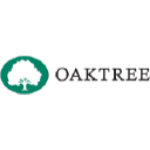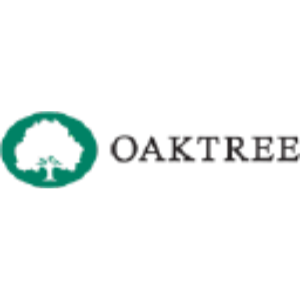Welcome to our dedicated page for Oaktree Specialty SEC filings (Ticker: OCSL), a comprehensive resource for investors and traders seeking official regulatory documents including 10-K annual reports, 10-Q quarterly earnings, 8-K material events, and insider trading forms.
Credit investors know the challenge: Oaktree Specialty Lending’s fair-value marks, leverage tests, and non-accrual loan tables sprawl across hundreds of pages. If you have ever typed “Oaktree Specialty Lending insider trading Form 4 transactions” or “Oaktree Specialty Lending quarterly earnings report 10-Q filing,” you have already felt that pain. Stock Titan eases it with AI-powered summaries that turn footnotes into clear talking points and flag portfolio moves the moment they hit EDGAR.
Need real-time alerts for “Oaktree Specialty Lending Form 4 insider transactions real-time”? Our platform streams every Form 4, highlights executive stock purchases, and links them to credit events disclosed in an 8-K. Want “Oaktree Specialty Lending SEC filings explained simply”? One click reveals AI glossaries beside each 10-K, while side-by-side charts compare net investment income across quarters. You will also find: “Oaktree Specialty Lending earnings report filing analysis,” “understanding Oaktree Specialty Lending SEC documents with AI,” and, for deep dives, “Oaktree Specialty Lending annual report 10-K simplified.”
Because BDCs live or die by capital structure moves, we surface every “Oaktree Specialty Lending proxy statement executive compensation” line item, track dividend coverage, and decode “Oaktree Specialty Lending 8-K material events explained.” From first-lien loan concentration to sector exposure shifts, our expert analysis and real-time updates keep you ahead. Monitor insider trades, compare quarter-over-quarter NAV, and download AI summaries of every filing type—10-K, 10-Q, 8-K, Form 4, DEF 14A—without parsing dense legalese yourself.
Oaktree Specialty Lending Corporation reported that it has released its financial results for the fiscal quarter and year ended September 30, 2025, through a press release furnished as Exhibit 99.1. The company is also hosting a conference call on November 18, 2025, to discuss these results and has made an accompanying fourth quarter and fiscal year 2025 earnings investor presentation available on its website, furnished as Exhibit 99.2.
Oaktree Specialty Lending Corporation appointed Brett McKeone as Chief Operating Officer, effective December 31, 2025. McKeone, 48, is a managing director within Oaktree’s Global Private Debt strategy and has been with Oaktree since 2007. His prior experience includes roles at Deloitte Consulting’s Strategy and Operations practice and Exxon Mobil. He holds M.S. and B.S. degrees in mechanical engineering from MIT, an M.B.A. from UCLA Anderson, and is a CFA charterholder. The company states he has no family relationships with current directors or executive officers and no transactions requiring disclosure under Item 404(a).
Phyllis R. Caldwell, a director of Oaktree Specialty Lending Corp (OCSL), reported purchases on 09/15/2025 totaling 3,000 shares of common stock at prices ranging from $13.1884 to $13.1999. After these transactions she beneficially owned 21,000 shares. The Form 4 was signed by an attorney-in-fact on 09/16/2025.


